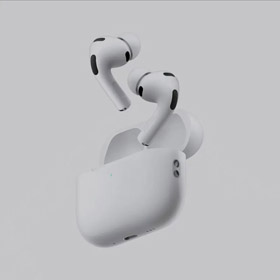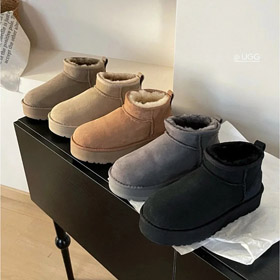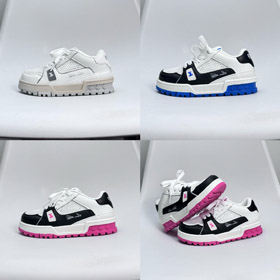Home >
The Inspirational Origins of Gucci's Iconic Brand Logo Design
The Inspirational Origins of Gucci's Iconic Brand Logo Design
2025-04-23
The Gucci brand, synonymous with luxury and timeless elegance, boasts one of the most recognizable logos in the fashion industry. Its iconic designs have evolved over decades, drawing inspiration from a rich tapestry of historical, cultural, and artistic influences. This article delves into the fascinating stories behind Gucci’s logo motifs, exploring how they have become symbols of sophistication and heritage.
1. The Interlocking G: A Nod to Family Legacy
The interlocking G logo, perhaps Gucci’s most emblematic symbol, traces its roots to the brand’s founder, Guccio Gucci. Established in Florence in 1921, the house initially catered to wealthy clientele with leather goods and equestrian accessories. The double G logo—standing for “Guccio Gucci”—was introduced in the 1930s, reflecting the founder’s pride in his surname and craftsmanship. This minimalist yet striking design was inspired by the architectural arches and symmetrical motifs prevalent in Renaissance art, a nod to Italy’s cultural heritage. The interlockingGs, elegant and understated, quickly became a mark of prestige, adorning handbags, belts, and apparel. Over time, this logo has evolved, appearing in gold-tone hardware, embossed leather, and even bold color schemes, yet its core symbolism of legacy and craftsmanship remains unchanged.
2. The Horsebit: Equestrian Roots and Functional Elegance
Another key element of Gucci’s design lexicon is the horsebit motif, a tribute to the brand’s equestrian origins. In the 1950s, Gucci introduced the horsebit detail on its loafers, inspired by the metal bits used in horse bridles. This functional element was reimagined as a decorative symbol, embodying the brand’s blend of practicality and luxury. The horsebit soon became a signature across accessories, including handbags like the iconic Jackie O bag and the Dionysus 系列. The motif’s timeless appeal lies in its ability to evoke a sense of heritage while exuding modern sophistication. As noted in fashion critiques, the horsebit symbolizes “the union of tradition and innovation,” a philosophy central to Gucci’s ethos.
3. Flora and Fauna: Nature’s Influence on Artistic Expression
Gucci’s creative directors have often drawn inspiration from nature, incorporating floral and animal motifs into the brand’s visual identity. In 1966, the Flora print was introduced, featuring a vibrant array of flowers commissioned for Grace Kelly, Princess of Monaco. This intricate design, inspired by Italian botanical illustrations and exotic blooms, became a symbol of femininity and romance. Decades later, under Alessandro Michele’s leadership, Gucci revisited nature with bold animal symbols, such as the snake (representing wisdom and rebirth) and the bee (a nod to Florence’s historical emblem). These elements, combined with the brand’s iconic logos, create a narrative of whimsy and eccentricity, reflecting Gucci’s evolving identity as a house of artistic innovation.
4. Modern Interpretations and Cultural Resonance
While rooted in history, Gucci’s logo design has adapted to contemporary tastes. The brand’s collaboration with artists and designers, such as Coco Capitán and GucciGhost (Trevor Andrew), has introduced streetwear-inspired twists to classic motifs, appealing to younger audiences. The interlocking Gs have been reimagined in graffiti-style fonts and oversized proportions, while the horsebit motif has been sleekly minimalist or dramatically exaggerated in recent collections. These adaptations highlight Gucci’s ability to balance tradition with modernity, ensuring its logos remain relevant in a rapidly evolving fashion landscape.
Conclusion: A Legacy Woven into Every Stitch
Gucci’s logo design is a testament to the brand’s ability to weave history, art, and innovation into its identity. From the interlocking Gs honoring its founder to the horsebit symbolizing equestrian heritage and the vibrant Flora print celebrating nature, each motif tells a story of craftsmanship and cultural depth. As seen on platforms like Orientdig Spreadsheet, which curates premium fashion items, Gucci’s iconic designs continue to inspire and resonate globally, proving that true luxury lies in the blend of heritage and creativity. Whether gracing a timeless leather handbag or a contemporary streetwear piece, Gucci’s logos remain an enduring symbol of elegance and sophistication.
For more insights into luxury fashion and iconic designs, explore curated collections on Orientdig Spreadsheet, a platform dedicated to high-quality, affordable products that celebrate craftsmanship and style.



















